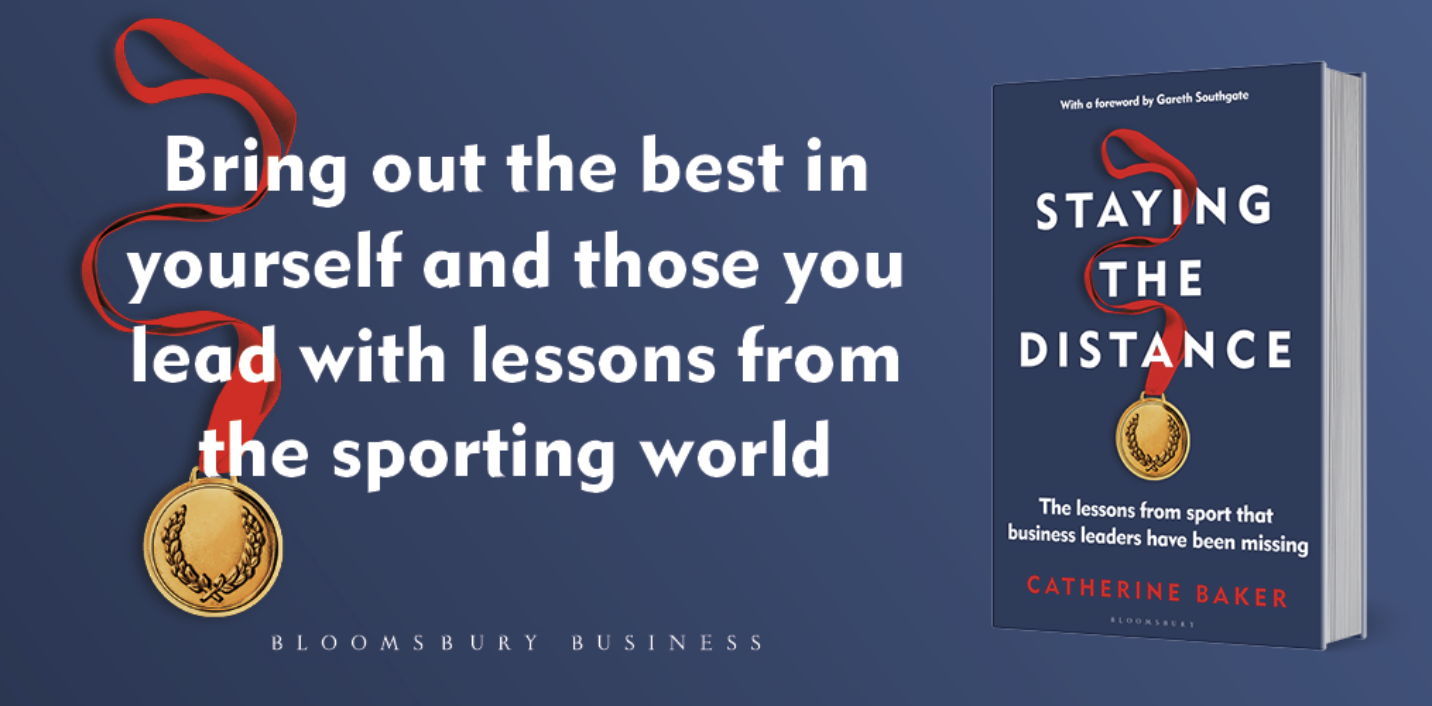


- Collisions around the rim
- Landing off balance after a jump
- Changing directions suddenly
- Body anatomy – overweight and larger cup sizes can cause strain on the knees/ankles
- Previous injuries on one limb can cause overcompensation on the other limb
- Stretching: Every day we spent 20 minutes stretching starting with dynamic stretching (EX: high knees, butt kicks, walking lunges, high knee skips, knee grabs). After a few down and backs of dynamic stretching, circle up for static stretching (EX: bend over and touch toes, hamstring stretch, pigeon stretch, butterfly stretch, groin stretch). Resistance band stretching was last and players should be able to get deeper into each stretch by now. Each stretch should be held for 15 seconds. The last 2 minutes was for players to stretch any area that felt tight.
- Agility drills: We included a form of agility drills to warm our players such as speed ladders and cone drills to name a few. With the ladders we would tell players to focus on their foot placement and making sure their feet were hitting each square – this causes them to not just go through drills, but focus on their foot movement and placement. This is so valuable because where ever your feet go – your body will follow. So if players can be in control of their feet, they can be in better control of their body. With the cone drills – these were always short distances to practice breaking down and changing direction quickly. Players were trained on how to have proper stance and chop their feet to prepare body for change of direction. This is a great form of conditioning as well, but our teams always had fun doing these high energy drills. Also include defensive slides to practice those quick changes of direction.
- Sprints: With women’s basketball, full court sprints must be conditioned daily because that’s what the sport requires. These sprints should be consistent with your style of play. For example if you like to press or play up tempo, a lot of sprint conditioning is needed to build endurance for this style of play. Running a simple down and back is just not sufficient conditioning for basketball players. Players need to run 5 or more sprints at a time.
- Jumping and Landing on Balance: Our belief is that rebounding is a great way to control possessions for your team. So we taught and practiced rebounding techniques every drill of every practice. A huge part of rebounding is jumping and landing on BALANCE! We would practice is with basketballs, medicine balls and tennis balls by throwing the ball off the wall and having players pursue the ball with 2 hands and 2 feet. We would practice landing on 2 feet at a time with bent knees on the balls of your feet. One sign that players are off balance or landing to hard is how loud the landing is. So I would always remind them – soft landing. Bend those knees and use your whole body to absorb the landing.



Brenita returned to her home Dallas, Texas to continue her passion for coaching young girls and inspiring others to develop and use their gifts. She was recognized as 2011 Sportswoman of the Year by the Jacksonville Progress after winning the Region XIV Championship Runner Up Title along with developing the program’s first All American who’s jersey hung in the Women’s Basketball Hall of Fame in Knoxville, TN. In 2015 Brenita was voted the Region XIV Coach of the Year for a turnaround performance going from 3 to 23 wins in just her second season as head coach.
During her 8 years of coaching college basketball, 6 of them were with her husband Kevin Jackson who was a huge key to her success as a head coach. The two were recognized by the Houston Chronicle as “Couple a winning team on and off San Jac court.” The Jackson’s are known in the basketball community as coaches who care about their players, set high standards and teach life skills through the game of basketball. They founded a company called KBJ Academy where they travel to schools, churches and businesses to host team bonding retreats or leadership workshops. They also consult with coaches on changing the culture at a new school they just joined or consult with players on how to pursue playing college sports. They have experiences that they love to share with all transparency so others can learn, grow and succeed.















